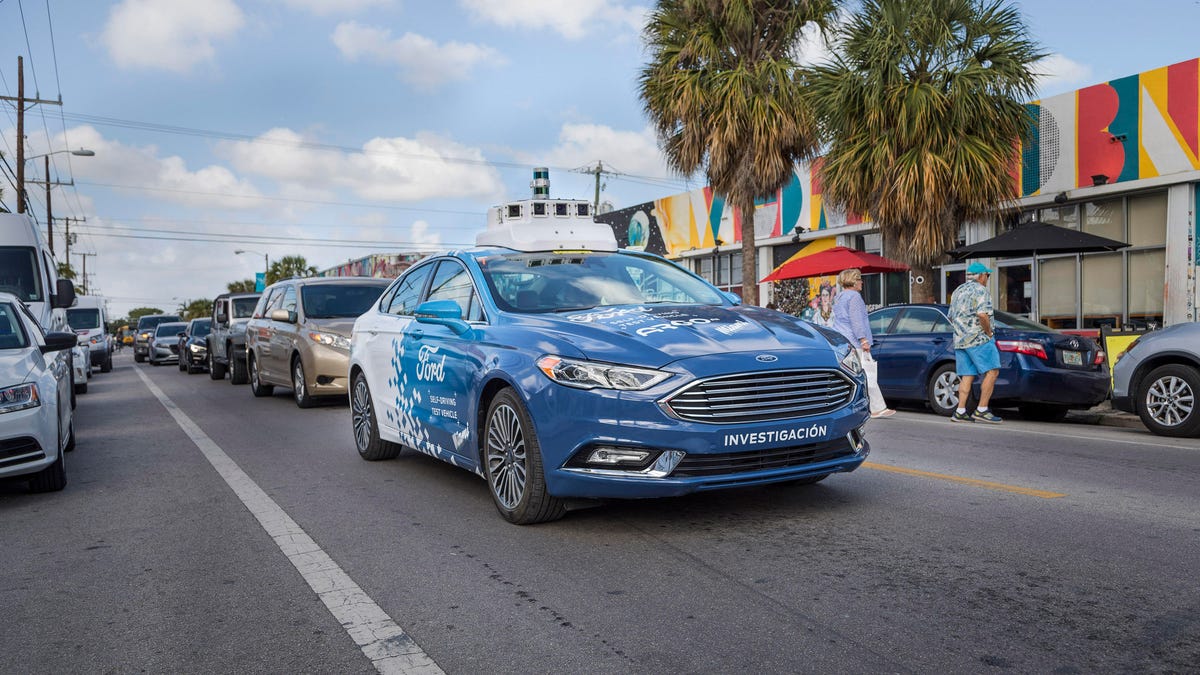Ford’s patent lets you pilot a self-driving car with your phone
All those hours of Mario Kart and mobile gaming could finally pay off.

Motion controls allow gamers to more accurately simulate driving a vehicle, and in the future, that tech might be applied to actual cars, as well.
CarBuzz alerted us to a Ford patent for "non-autonomous steering modes." The patent offers a pretty straightforward method to turn a personal touchscreen device (such as a phone) into something capable of driving a vehicle. Yes, that's right, all those years of Mario Kart could actually pay off -- take that, Mom.
The patent describes multiple ways this could happen. First, the device could be used as an ersatz steering wheel. After the system detects a request to handoff the responsibility of driving from vehicle to person, it will sync the device to the vehicle, determining a "base" position for the wheel. After that, you can rotate the device to steer the vehicle, like you would in a mobile game.
The patent didn't include any interesting imagery, just a bunch of boring flowcharts, so here's a self-driving Ford Fusion from Argo AI.
The other mode is slightly different. Instead of using the angle of the device to change the vehicle's steering angle, it would put a virtual steering wheel on the device's touchscreen, which the user could then manipulate with a finger to create the desired wheel angle.
Both vehicle modes would leave some control -- accelerating and braking, for example -- with the vehicle. The patent also lays out a number of ways that the vehicle could pair with a given device, from serial numbers to email addresses. The patent also claims that any device with an accelerometer, gyroscope and some method of pairing (wired or wireless) will work with the system.
It all sounds a bit vague, but that's fine. Like many patents, the tech outlined in this document may never see the light of day. Automakers routinely patent ideas in the hope that competitors won't come up with something similar and attempt to bring it to market first. Ford's steering wheel laptop mount immediately comes to mind in this scenario. Nevertheless, it's interesting to see the ways in which engineers envision the future of driving, automated or otherwise.
2018 Ford EcoSport review: Better late than never!
2019 Ford Edge first drive: It's better, but by how much?

